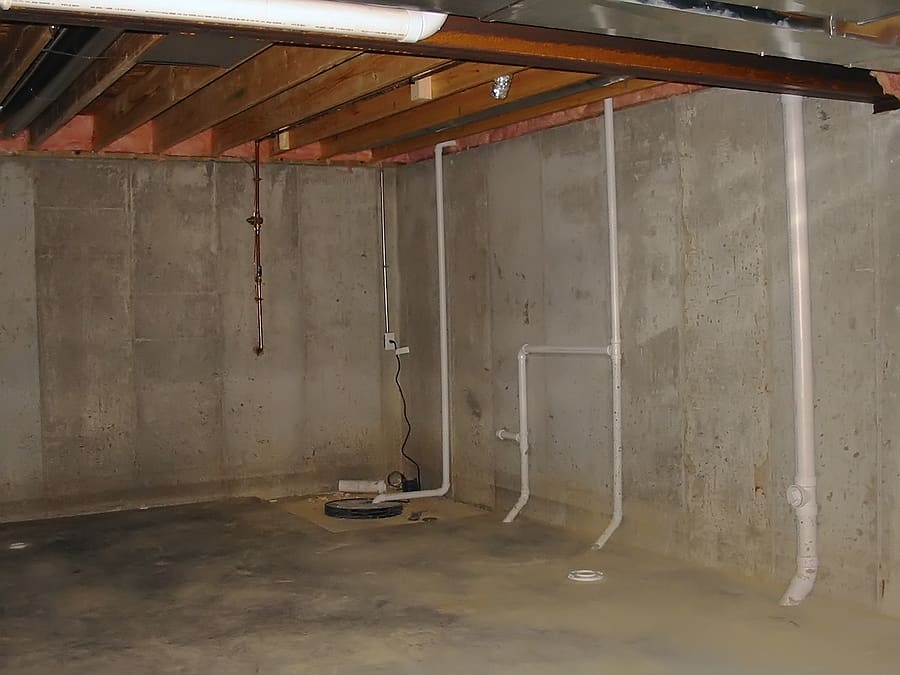Standing Water? Standing IN Water? Call now.
If your building is flooded, stop reading and call us!
If you’ve had previous damage from water and it’s less of an emergency, you can call us or contact us by email – click the Contact Us button right here.



3 Measures To Protect Your Property From Flooding

A flood is at the top of nightmare scenarios for anyone with a home or commercial property in Southeastern Wisconsin. Water damage may not seem like a big problem considering we wash dishes and clothes all the time to no ill effect, but an entire building flooded with water does not respond the same way a t-shirt does.
There are, however, steps that property owners can take to mitigate—or even entirely prevent—the possibility of flooding damaging a property. Here are three of the most effective steps owners can take.
Basement Waterproofing
For property owners with foresight, this was done during the construction of the property itself, such as if a new home or retail building is being built. For everyone else, while this measure can be intrusive, it is also one of the most effective ways to protect a building from flooding.
For homes and commercial buildings with a basement, water will always gather in the lowest point, which is typically the basement. This often involves digging around the foundation and using a few different techniques. One involves using membranes and polymers to provide a direct, watertight, physical seal between the foundation and soil around it so that water can’t physically leak in. A less costly stop-gap measure uses epoxy and other sealants on basement walls to fill in empty spaces that would normally admit water from wet soil.
Install A Backwater Valve
In some cases, flooding doesn’t have to cover the street before the water enters a property. If there’s enough water in the sewer drainage system, the resultant water pressure can cause that water to reverse the usual order of things, flowing up from the sewer and into homes and businesses through the drainage pipe that normally carries wastewater off the property into the sewage system.
Fortunately, properties usually only have one drainage pipe, so installing a backwater valve creates a physical barrier. When the valve detects water flowing up, not down through the pipe, it closes up, preventing that water from entering into a basement, toilet, or other lines.
Sump Pump
In some cases, especially for an area where flooding regularly occurs, it makes more sense, rather than trying to keep all the water out, to have a method of removing the water once it comes in. A sump pump system is a solution to this issue and is often implemented in places that experience frequent but low flooding.
Sump pumps are built with drainage spaces in mind for a basement, thus creating a system where water is allowed into a space in a controlled manner. However, the sump pump then removes that water, pumping it back into an area safely removed from the property. This requires extra maintenance for the pump itself and the irrigation systems, but it is one of the most reliable ways to protect a property from recurring flooding.
Got Basement Water Damage? Call Emergency Restoration Specialists
If you have water damage in your basement, we can help. Emergency Restoration Specialists have over 30 years of experience right here in Cudahy, serving the Milwaukee area. Contact us 24/7 for a prompt, professional response.



